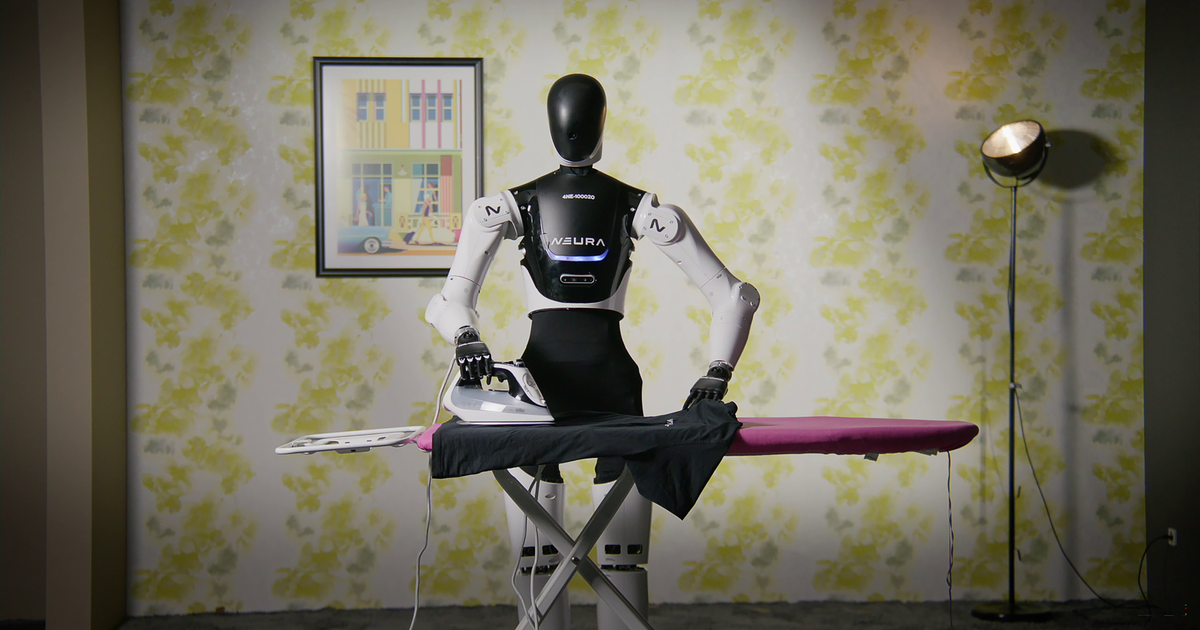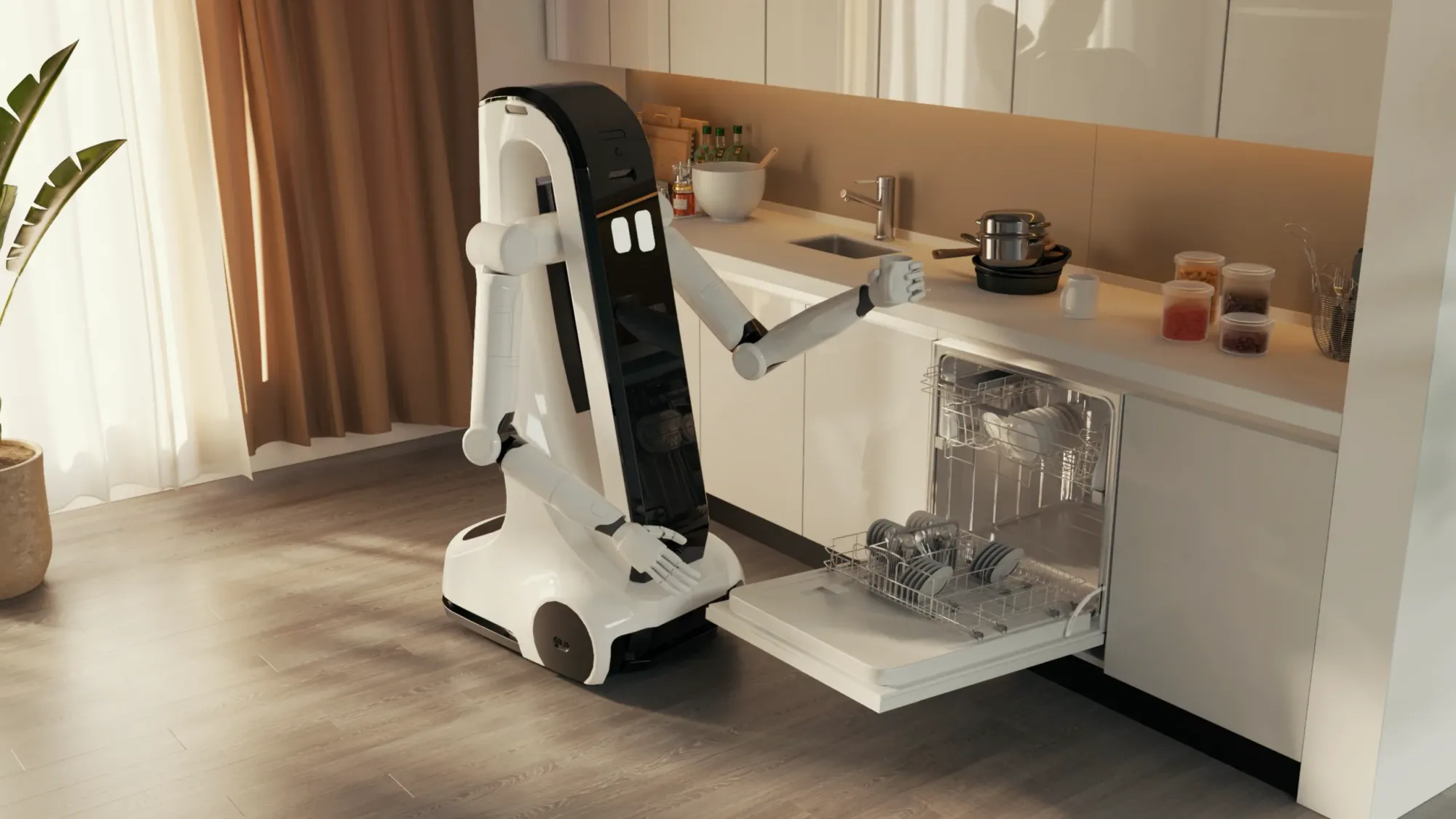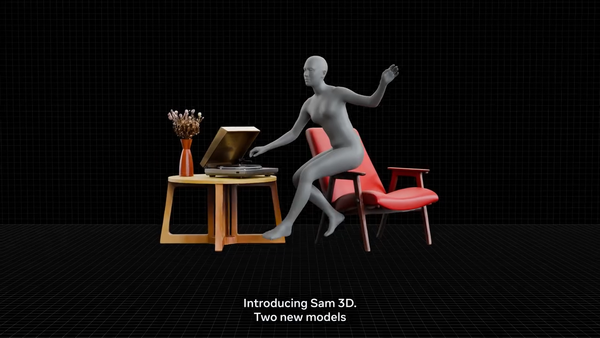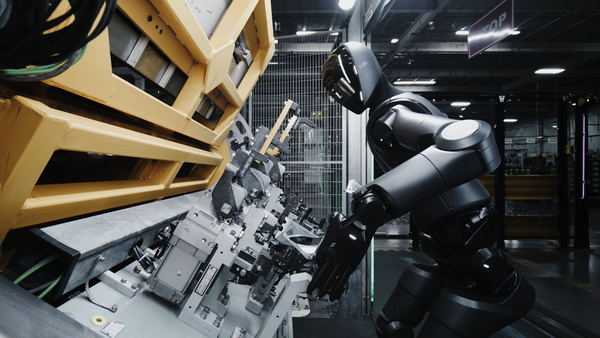NEURA Robotics Unveils Third-Gen Humanoid, Launches First Cognitive Home Robot

- The company introduced the third-generation 4NE1 humanoid robot and the MiPA household assistant, both designed to work directly with people in everyday settings.
- NEURA also unveiled the Neuraverse platform and plans for training centers to accelerate real-world robot learning.
NEURA Robotics has introduced a new generation of intelligent robots designed for everyday use. Leading the launch are 4NE1 (“For Anyone”), a life-sized humanoid designed for demanding tasks, and MiPA (“My intelligent Personal Assistant”), a smaller assistant intended for household and service settings. Both machines run on NEURA’s cognitive AI system, enabling them to understand their surroundings, make real-time decisions, and improve over time.
“Cognitive robotics is the next technological revolution—and it is happening right here and now," said David Reger, founder and CEO of NEURA Robotics in an official news release. "Cognitive robots will fundamentally change the way we live and work. At NEURA, we are not only pioneers on the hardware side but also develop the underlying software and AI. Our goal is to deliver five million robots by 2030—for industry, services, and the home. NEURA is doing for robotics what the iPhone did for smartphones. We do this responsibly, with a team our partners worldwide can rely on.”
The third-generation 4NE1 robot is built to work closely with people, using sensors and onboard intelligence to move safely and respond to its surroundings. It features smart sensors, artificial skin that senses touch before contact, and fine-motor hands. It can lift heavy items, operate continuously, and adjust its actions based on what it sees and learns. NEURA also designed a new factory system where robots assemble other robots, making it easier to produce these machines on a large scale.
MiPA, now available for reservation, marks the market launch of NEURA’s first cognitive robot for everyday environments. It’s a compact assistant designed for homes, retail settings, and care facilities, with capabilities ranging from cleaning to health monitoring. Like NEURA’s industrial robots, MiPA operates on the company’s cognitive AI, enabling it to learn, adapt, and interact with other intelligent devices. Users can also expand its functions through third-party apps built on NEURA’s shared software platform.

That platform, called the Neuraverse, works like an app store for robots. It’s designed with a secure, modular structure, allowing developers and partners to contribute without risking their intellectual property. NEURA is also building physical “training gyms” where real-world data can improve how robots learn. Together, these tools are designed to integrate smart, helpful robots into daily life and work.
🌀 Tom’s Take:
MiPA is especially noteworthy in this significant announcement from NEURA Robotics, serving as another example of a robot designed around the tasks it is expected to perform, rather than pursuing the humanoid form factor. We saw other great examples of this from DEEP Robotics' wheel-legged UHV inspection robot as well as the Franka FR3 dual-arm platform, which is compatible with Google DeepMind's new Gemini on-device model.
Source: NEURA Robotics






